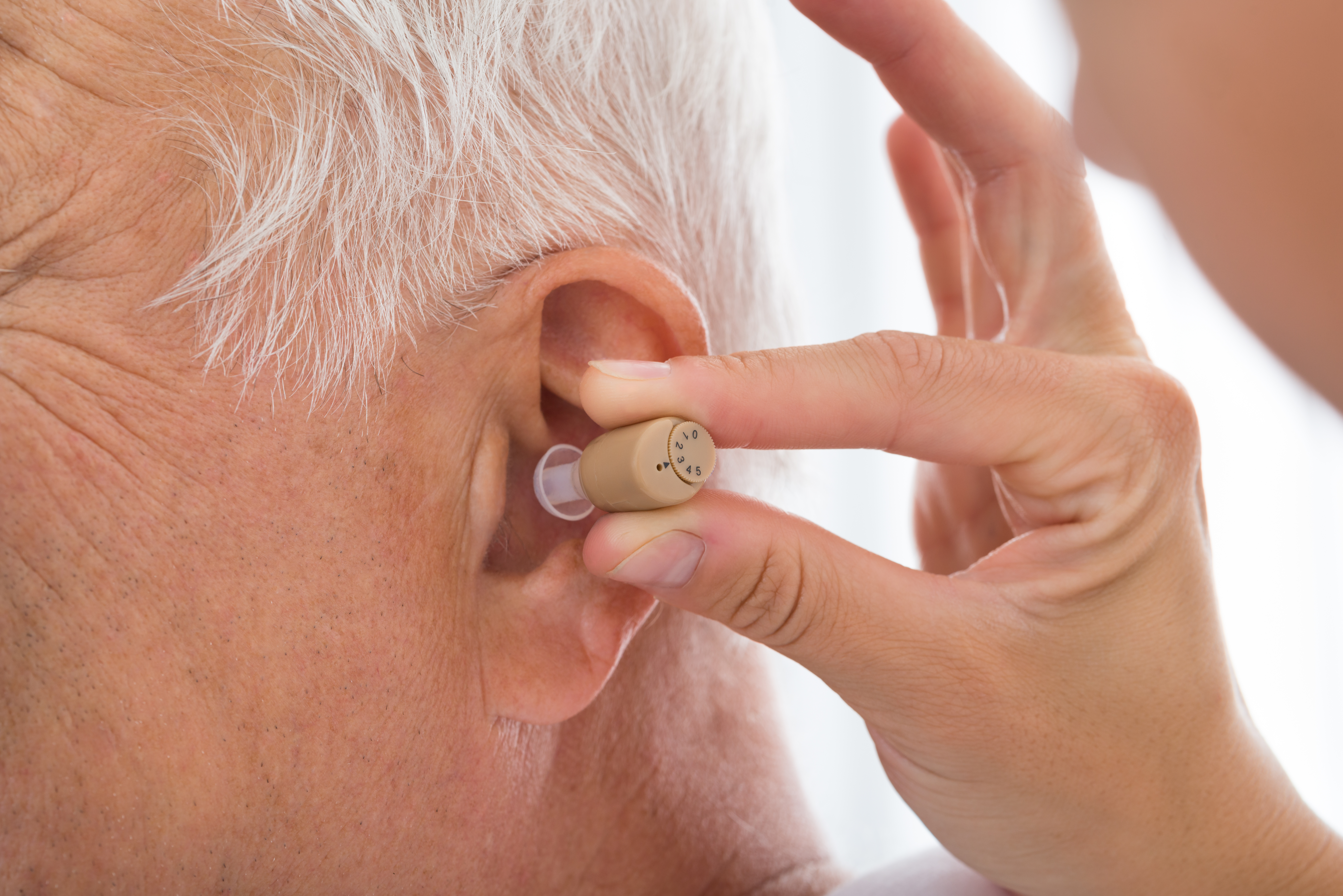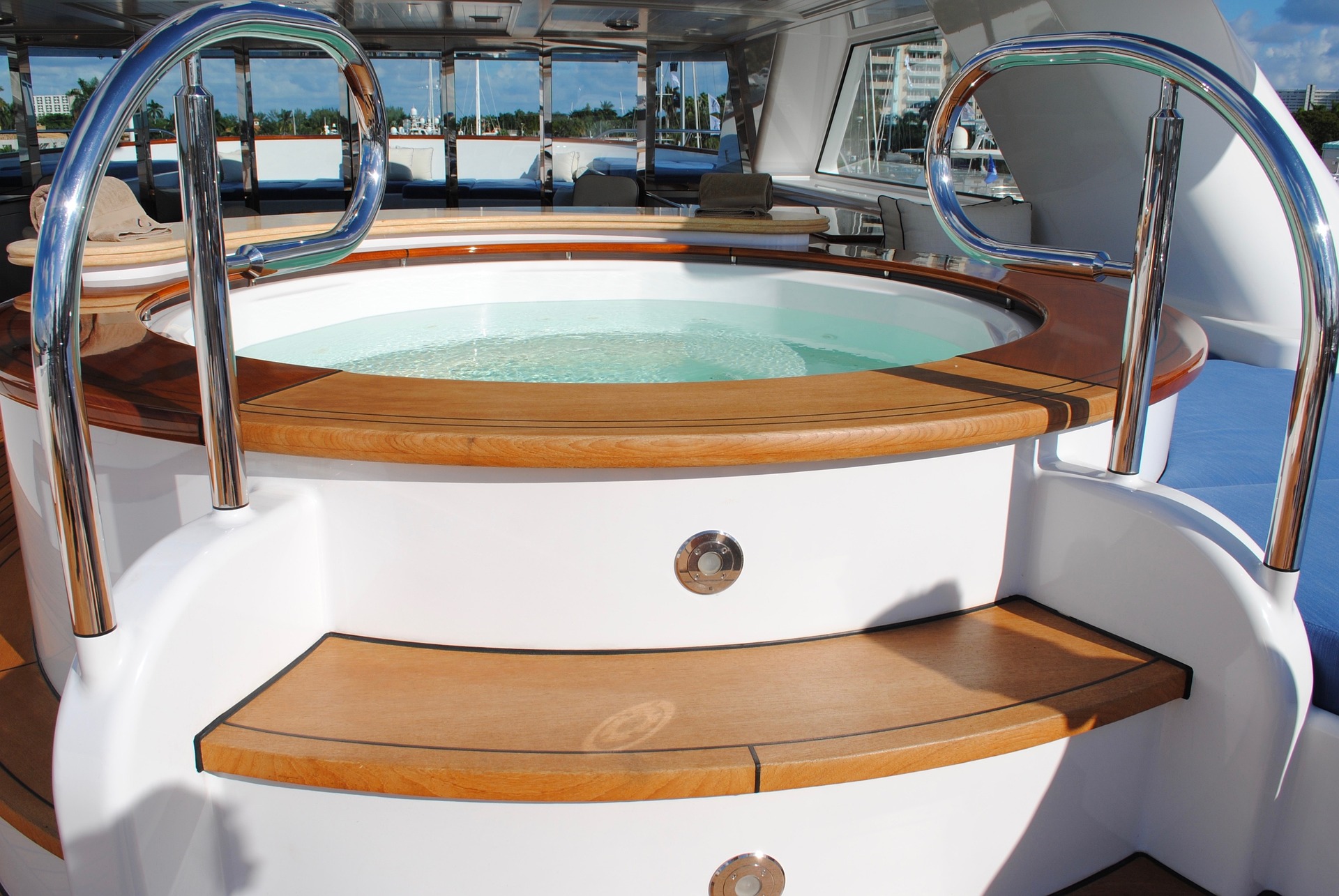Hearing Aids: A Comprehensive Guide for Seniors
Hearing aids have evolved significantly over the years, becoming sophisticated devices that can dramatically improve quality of life for those experiencing hearing loss. For seniors especially, finding the right hearing aid involves understanding various technologies, styles, and features available in today's market. Modern hearing aids offer enhanced sound clarity, noise reduction capabilities, and even wireless connectivity to other devices. This guide explores key considerations for seniors when selecting and adapting to hearing aids, helping to navigate the many options available and avoid common pitfalls.

How to Choose the Right Hearing Aid for Senior Needs
Selecting an appropriate hearing aid begins with understanding the specific type and degree of hearing loss. Audiologists use comprehensive hearing tests to create an audiogram—a visual representation of your hearing abilities across different sound frequencies. This personalized assessment forms the foundation for hearing aid recommendations. For seniors, important considerations include dexterity challenges that might make smaller devices difficult to handle, potential vision limitations affecting battery changes or control adjustments, and lifestyle factors such as social engagement levels or specific listening environments.
Many seniors benefit from devices with larger, more accessible controls and features like automatic adjustment capabilities that require minimal manual intervention. Some hearing aids now include telecoils that improve sound quality during phone conversations or in venues with hearing loop systems. When selecting a device, consider how often you’ll be in different listening environments—quiet one-on-one conversations versus noisy restaurants or large gatherings—as more advanced models excel at managing complex sound environments.
Key Benefits of Modern Digital Hearing Aids
Digital hearing aid technology has transformed the hearing experience for users through sophisticated sound processing capabilities. Unlike older analog models, digital devices convert sound waves into numerical codes before amplifying them, allowing for precise manipulation of the sound. This digital approach enables advanced features like directional microphones that focus on sounds coming from in front of the wearer while reducing background noise from other directions—particularly valuable in crowded settings.
Many current models offer feedback cancellation to eliminate the whistling sounds that plagued older devices. Noise reduction algorithms can distinguish between speech and unwanted background noise, enhancing conversation clarity. For seniors who appreciate technological integration, wireless connectivity features enable direct streaming from smartphones, televisions, and other Bluetooth-enabled devices. Some hearing aids even offer rechargeable batteries, eliminating the need for frequent battery changes that can be challenging for those with limited dexterity.
Hearing Aid Designs for Seniors
Hearing aid styles vary significantly, each with advantages for different user needs. Behind-the-ear (BTE) models, which hook over the top of the ear and connect to a custom earpiece, typically offer more power and features while being easier to handle and adjust. These devices work well for nearly all types of hearing loss and often include directional microphones and larger batteries with longer life.
In-the-ear (ITE) hearing aids fit completely inside the outer ear and are less visible while still accommodating various features. For seniors concerned about visibility, completely-in-canal (CIC) or invisible-in-canal (IIC) devices offer discreet options by fitting deeply into the ear canal. However, these smaller units may be more difficult to handle and clean, have shorter battery life, and typically lack advanced features like directional microphones or telecoils.
Receiver-in-canal (RIC) designs have gained popularity among seniors by balancing visibility concerns with functionality—featuring a nearly invisible wire connecting an over-ear component to a receiver placed directly in the ear canal. When selecting a style, consider factors like the severity of hearing loss, manual dexterity, and personal comfort preferences rather than focusing solely on cosmetic concerns.
Tips for Adjusting to a New Hearing Aid
The adjustment period for new hearing aid users typically spans several weeks as the brain adapts to processing sounds it hasn’t heard in some time. Start by wearing your hearing aids for a few hours daily in quieter environments, gradually increasing usage time and introducing more complex listening situations. Many audiologists recommend reading aloud to yourself, as hearing your own voice helps acclimate to the sound quality and volume of the devices.
Patience is essential—the initial experience often involves hearing background noises you haven’t noticed in years, which can feel overwhelming. Modern devices usually have adjustment programs that your audiologist can modify during follow-up appointments as you provide feedback about your experiences. Taking notes about specific situations where you experience difficulty can help optimize these adjustments.
Developing proper care habits immediately is crucial. Establish a routine for cleaning, storing, and maintaining your hearing aids, including regular battery checks or charging if using rechargeable models. Many hearing centers offer support groups or rehabilitation programs that provide valuable tips and emotional support during this transition period.
Common Mistakes to Avoid When Using Hearing Aids
One frequent mistake is purchasing hearing aids without a professional hearing evaluation. Self-diagnosis often leads to inappropriate device selection, as hearing loss patterns vary significantly between individuals. Another common error is unrealistic expectations—while modern hearing aids are remarkable, they don’t restore natural hearing completely. Understanding their capabilities and limitations helps prevent disappointment.
Many users underutilize the adjustment period with their audiologist, missing opportunities for crucial fine-tuning that could significantly improve their hearing experience. Regular follow-up appointments allow professionals to make incremental adjustments based on real-world experiences. Inadequate cleaning and maintenance represents another common pitfall—earwax and moisture are the primary causes of hearing aid malfunction, making daily cleaning essential for optimal performance and longevity.
Perhaps the most significant mistake is delayed adoption. Many seniors wait 7-10 years after noticing hearing difficulties before seeking help, during which time communication challenges can lead to social withdrawal, cognitive decline, and reduced quality of life. Early intervention typically leads to better outcomes and easier adjustment to hearing aid use.
This article is for informational purposes only and should not be considered medical advice. Please consult a qualified healthcare professional for personalized guidance and treatment.




